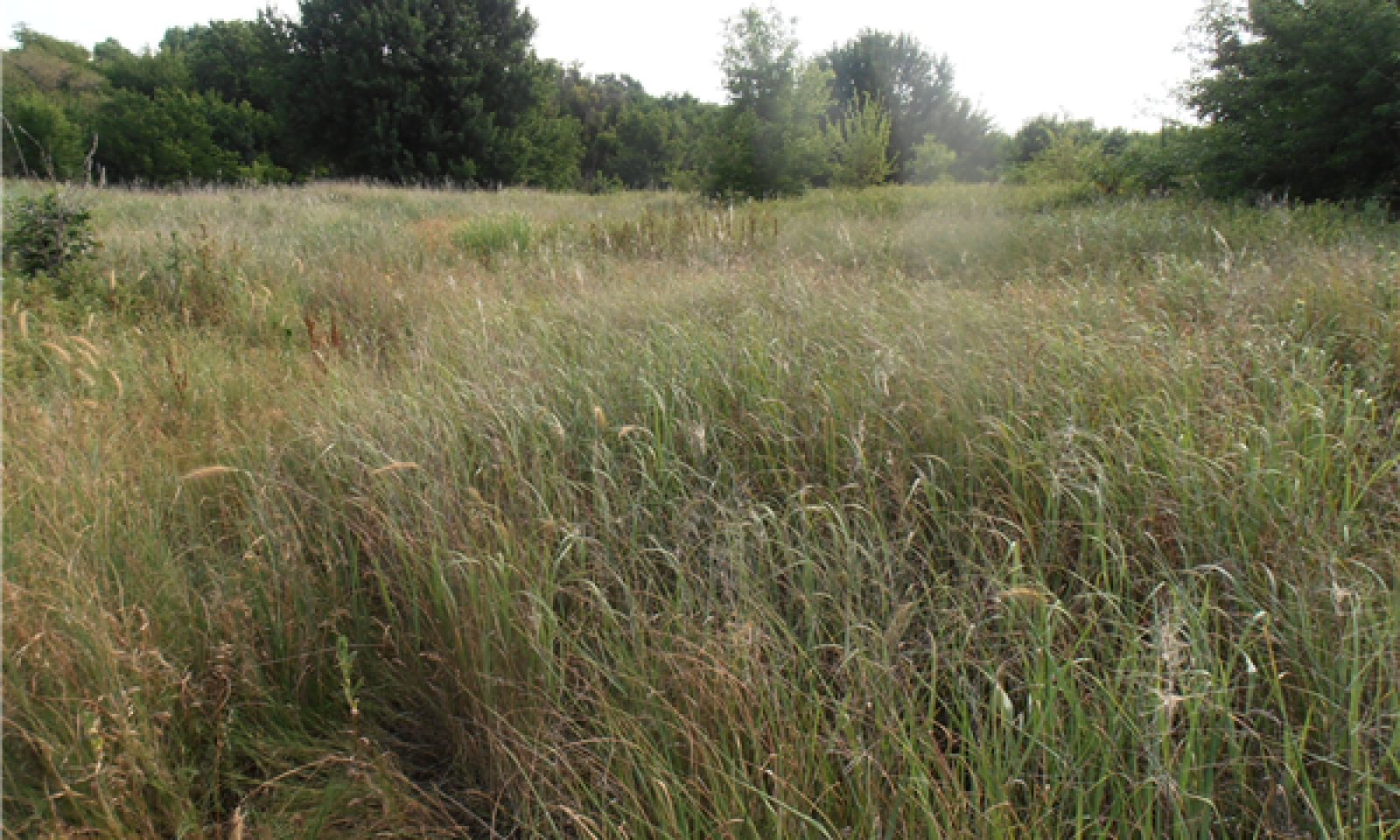
Depressional Upland
Scenario model
Current ecosystem state
Select a state
Management practices/drivers
Select a transition or restoration pathway
- Transition T1A More details
- Transition T1B More details
- Restoration pathway R2A More details
- Transition T3A More details
-
No transition or restoration pathway between the selected states has been described
Target ecosystem state
Select a state
State 1
Grassland



Description
This is the representative state for the Depressional Upland ecological site. It represents the natural variability in plant communities under the evolutionary disturbance regime. The plant communities within this state have been subjected to periodic fires and grazing events with varying lengths of rest periods. Woody species, if present, are generally less than 10 percent canopy cover. This ecological state supports a mixture of grasses and forbs and maintains a resilient plant community under natural conditions.
Submodel
Description
In this vegetative state, woody species have encroached at levels above 30 percent canopy coverage. These species can intercept rainfall and can begin to shade out some of the herbaceous vegetation. As woody species increase, they can alter the energy flow and hydrology of the site.
Submodel
Description
This ecological state is the result if a conversion in land use from rangeland to cropland or tame pasture. The site has been plowed and much of the soil structure in the top six to twelve inches has been compromised. Within this state, soil microbial activity is often decrease and both the energy flow and hydrology have been altered from the reference state.
Submodel
Description
This state represents plant communities that follow cultivation or other soil disturbing activities (pipelines, etc.). The sites may have been replanted to native species or abandoned to let whatever seed source remained take over.
Submodel
Mechanism
With the removal of fire from the ecosystem, woody plants may increase in abundance. These woody species may continue to encroach and begin to impact the energy flow and hydrology of site if left uncontrolled through prescribed fire or other brush management practices.
Mechanism
In many cases, the Depressional Upland site has been plowed and farmed with the adjacent sandy or sandy loam areas. Once the site has been cultivated, the soil structure has been changed and the microbiology of the soil has been altered from that of the reference state.
Mechanism
In most instances, a brush management program will need to be implemented to decrease the woody plant density. Following control of the larger woody species, a program of periodic prescribed fire should be implemented in order to control sapling growth and prevent future encroachment.
Model keys
Briefcase
Add ecological sites and Major Land Resource Areas to your briefcase by clicking on the briefcase (![]() ) icon wherever it occurs. Drag and drop items to reorder. Cookies are used to store briefcase items between browsing sessions. Because of this, the number of items that can be added to your briefcase is limited, and briefcase items added on one device and browser cannot be accessed from another device or browser. Users who do not wish to place cookies on their devices should not use the briefcase tool. Briefcase cookies serve no other purpose than described here and are deleted whenever browsing history is cleared.
) icon wherever it occurs. Drag and drop items to reorder. Cookies are used to store briefcase items between browsing sessions. Because of this, the number of items that can be added to your briefcase is limited, and briefcase items added on one device and browser cannot be accessed from another device or browser. Users who do not wish to place cookies on their devices should not use the briefcase tool. Briefcase cookies serve no other purpose than described here and are deleted whenever browsing history is cleared.
Ecological sites
Major Land Resource Areas
The Ecosystem Dynamics Interpretive Tool is an information system framework developed by the USDA-ARS Jornada Experimental Range, USDA Natural Resources Conservation Service, and New Mexico State University.
